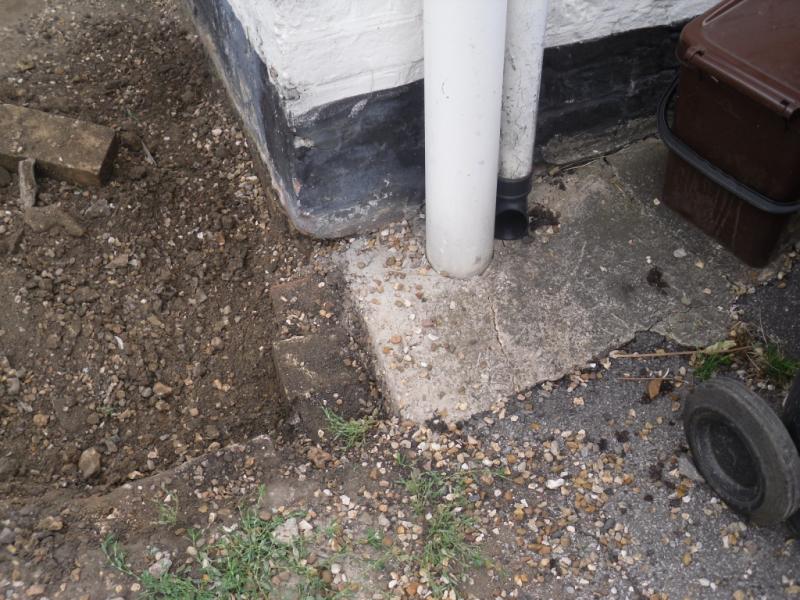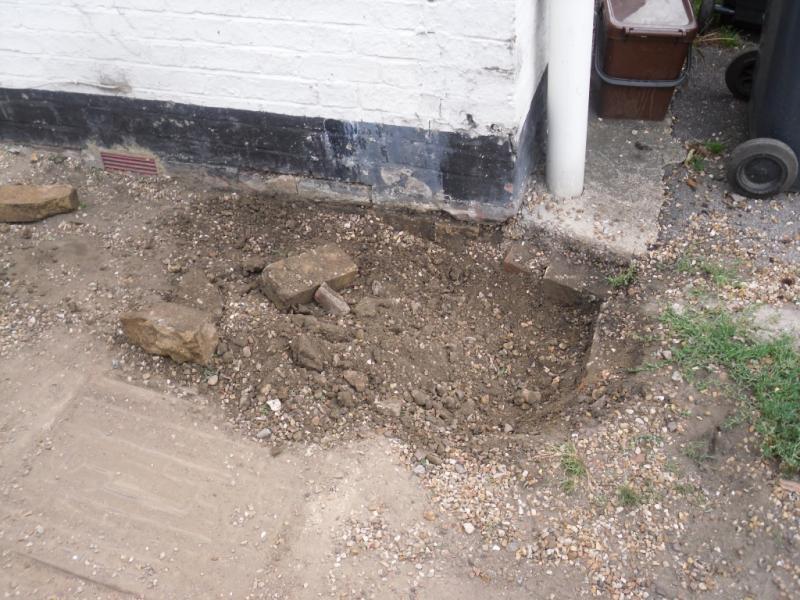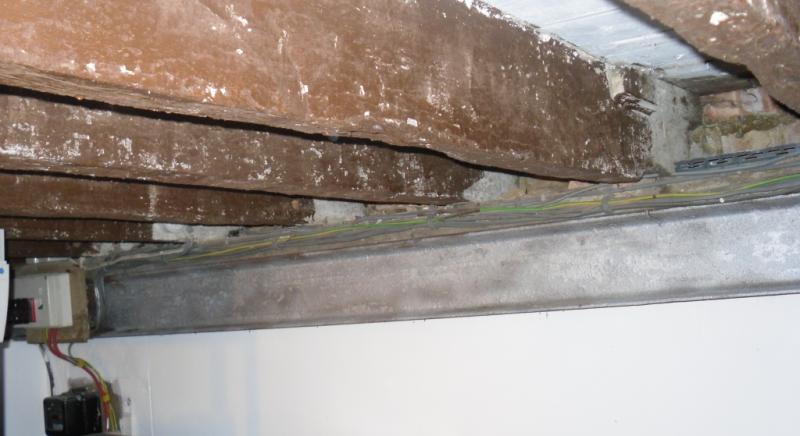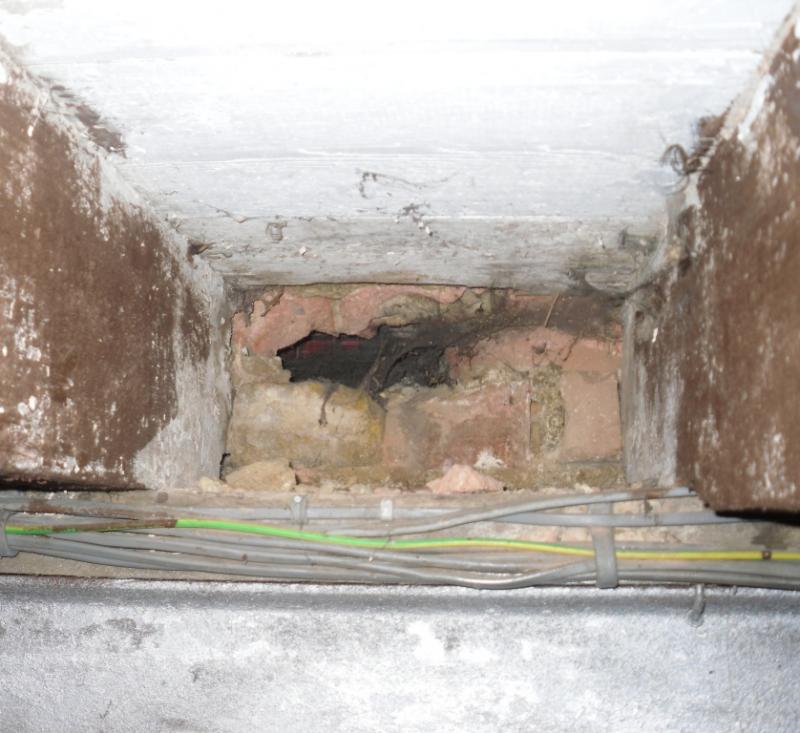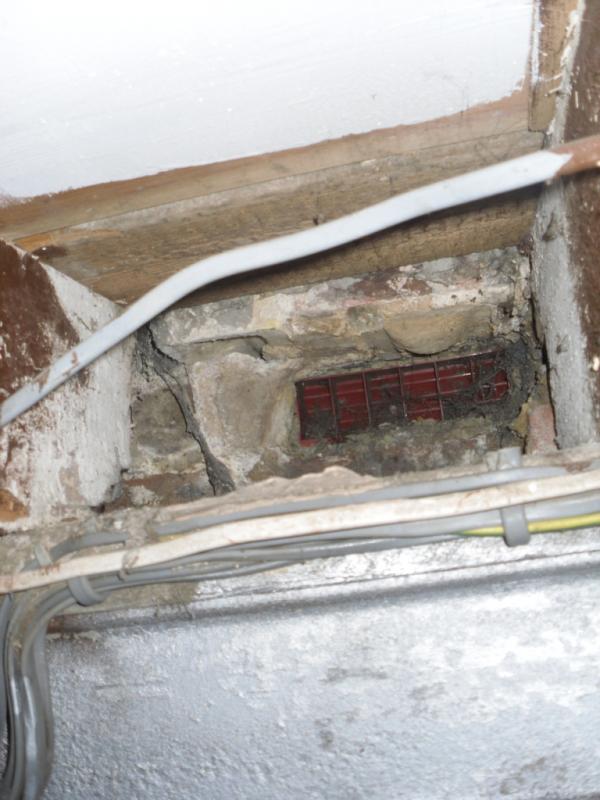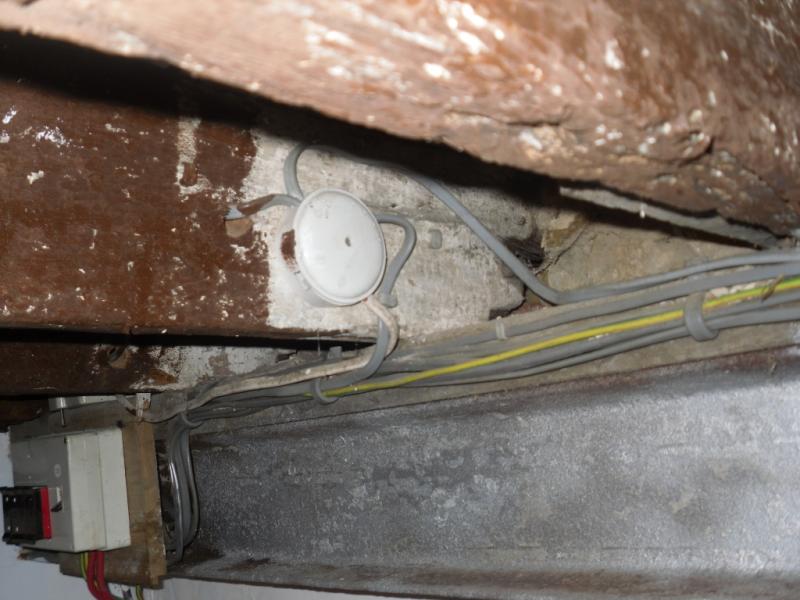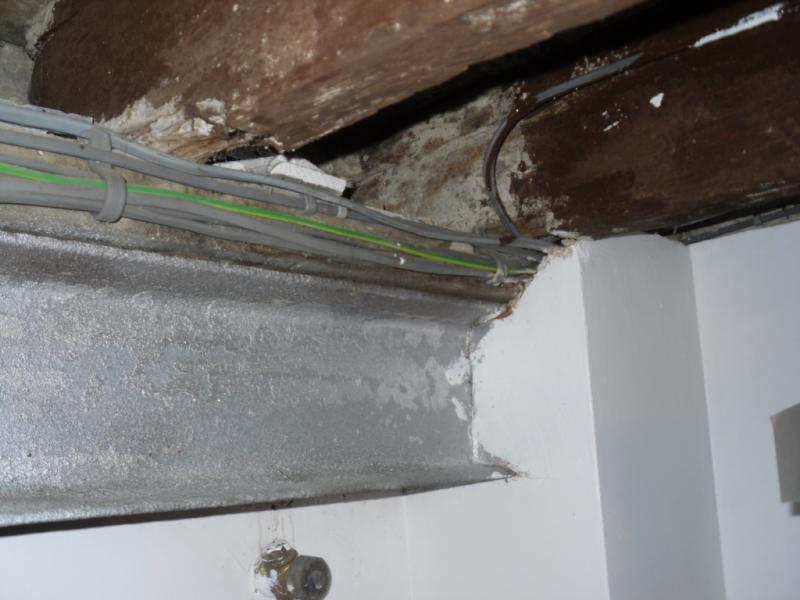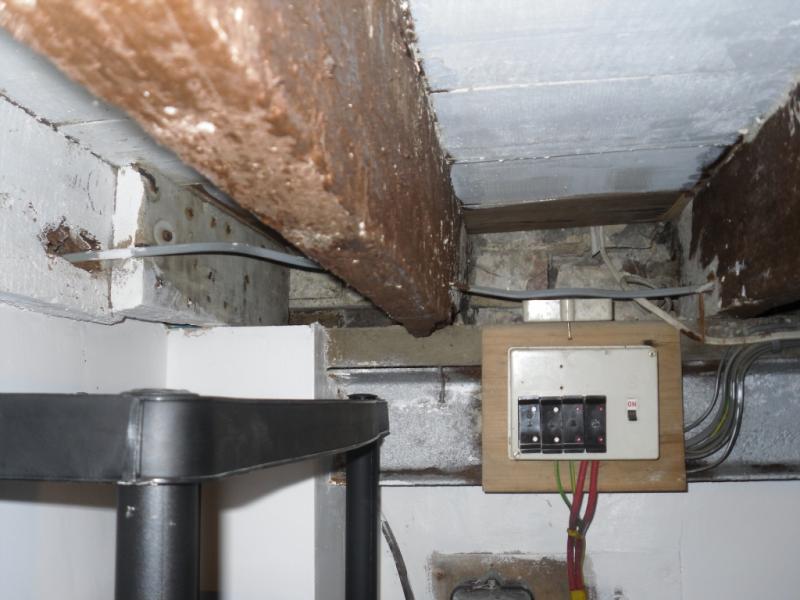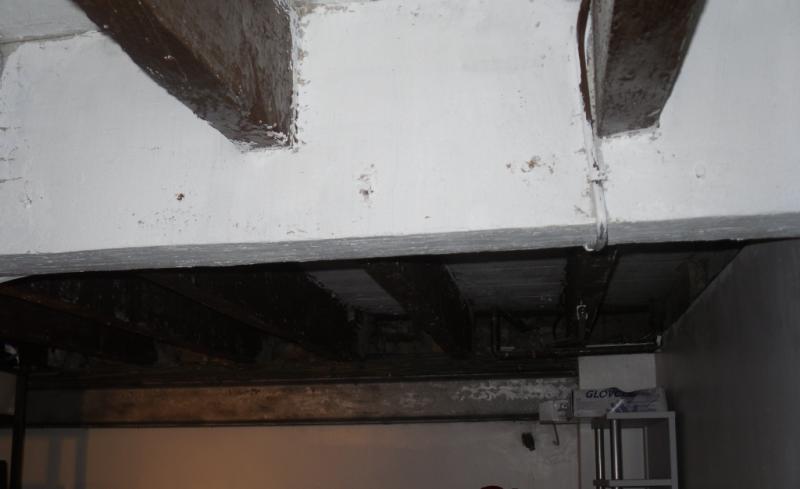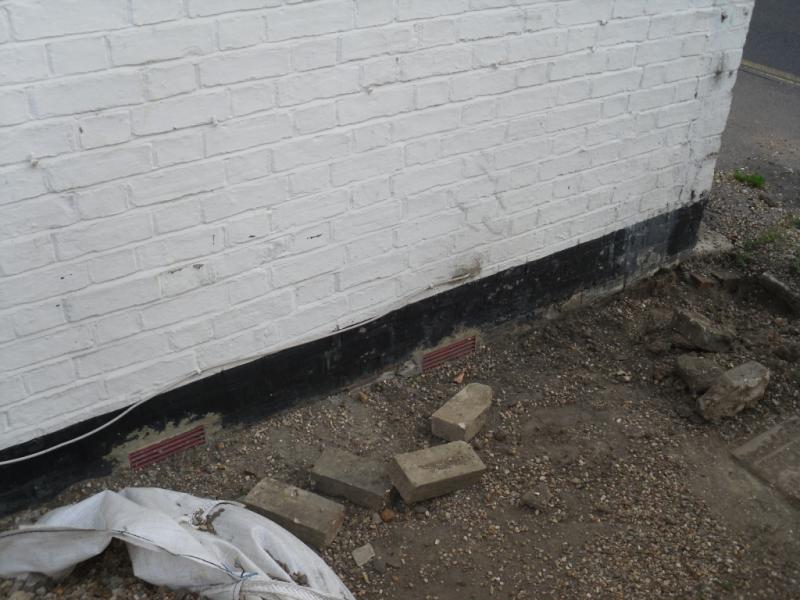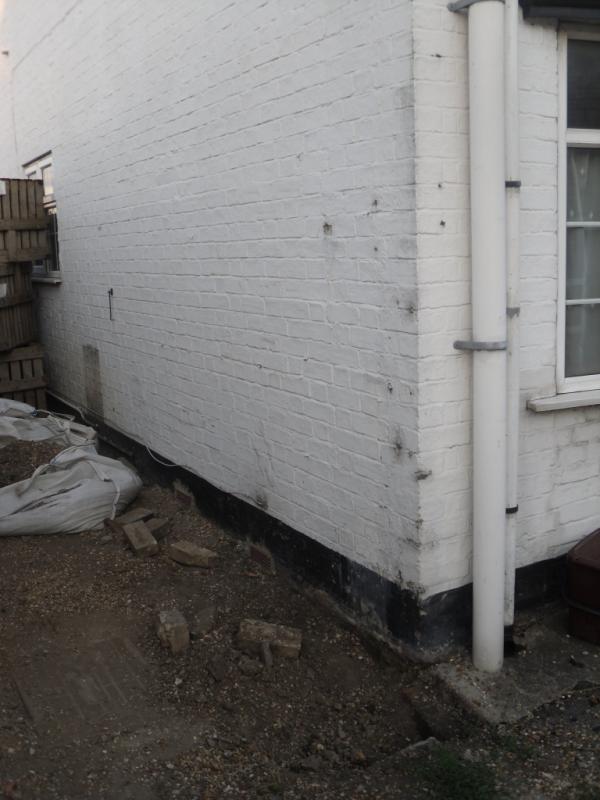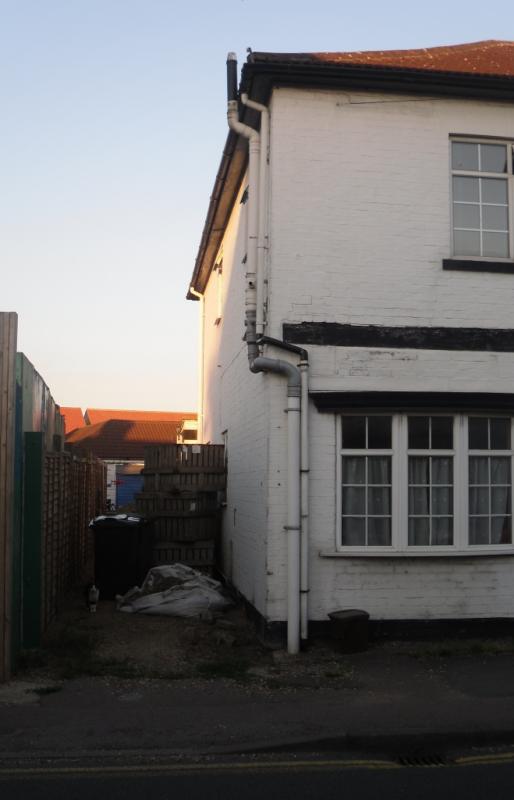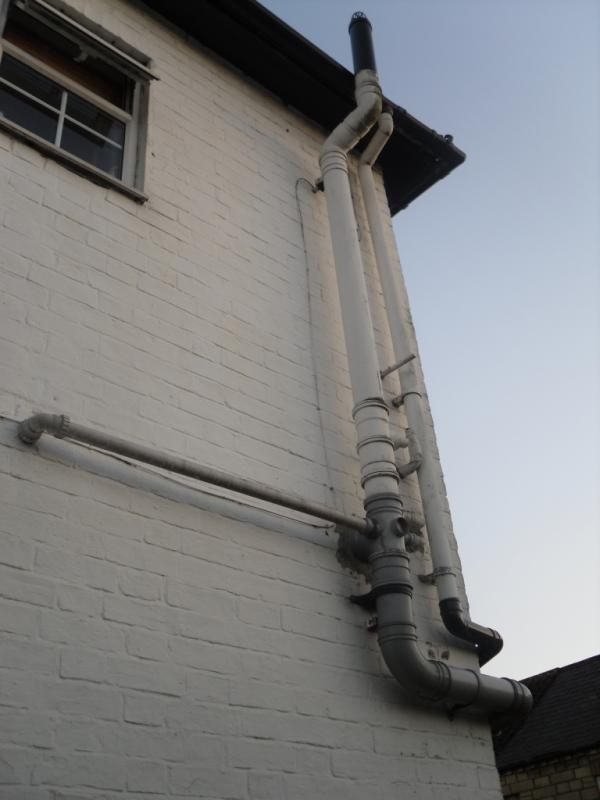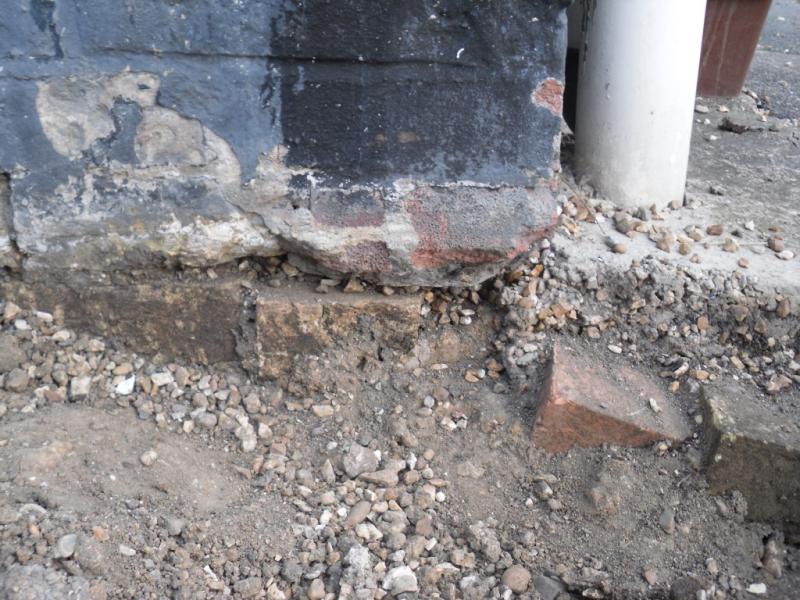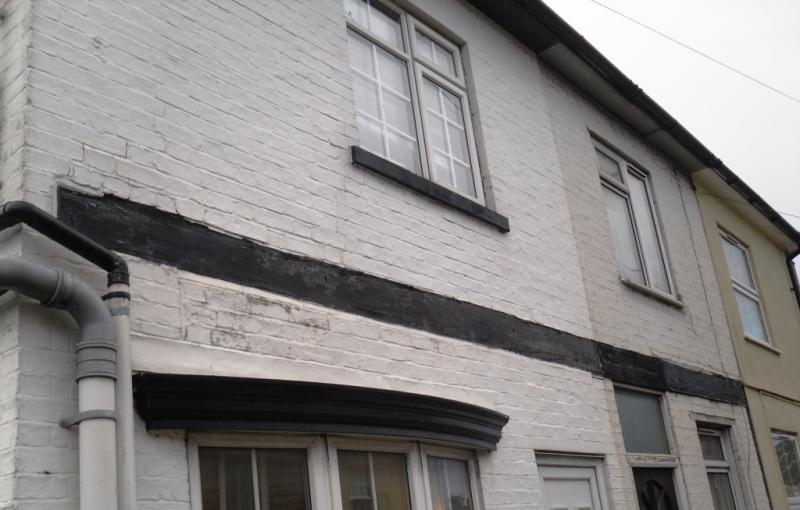Hi,
When clearing the front of the driveway by the front of the house I found that there is a gap in the brick work under the corner. Is this a problem? Do I need to do anything about it?
Over the years the previous owners built up the level of the driveway. I have been clearing this as I am planning on block paving it. There is a mains drain that runs down the length of the driveway with a couple of inspection covers.
In case it is relevant there is a basement underneath (hence the air bricks) which I think the previous owners had some work done to (including inserting an RSG). The joists obviously had wood worm at some stage but this appears to have been killed off (although parts are now a bit crumbly). Also there is the soil pipe which presumably connects to the mains and a gutter that just flows onto the pavement.
Thanks.
When clearing the front of the driveway by the front of the house I found that there is a gap in the brick work under the corner. Is this a problem? Do I need to do anything about it?
Over the years the previous owners built up the level of the driveway. I have been clearing this as I am planning on block paving it. There is a mains drain that runs down the length of the driveway with a couple of inspection covers.
In case it is relevant there is a basement underneath (hence the air bricks) which I think the previous owners had some work done to (including inserting an RSG). The joists obviously had wood worm at some stage but this appears to have been killed off (although parts are now a bit crumbly). Also there is the soil pipe which presumably connects to the mains and a gutter that just flows onto the pavement.
Thanks.



